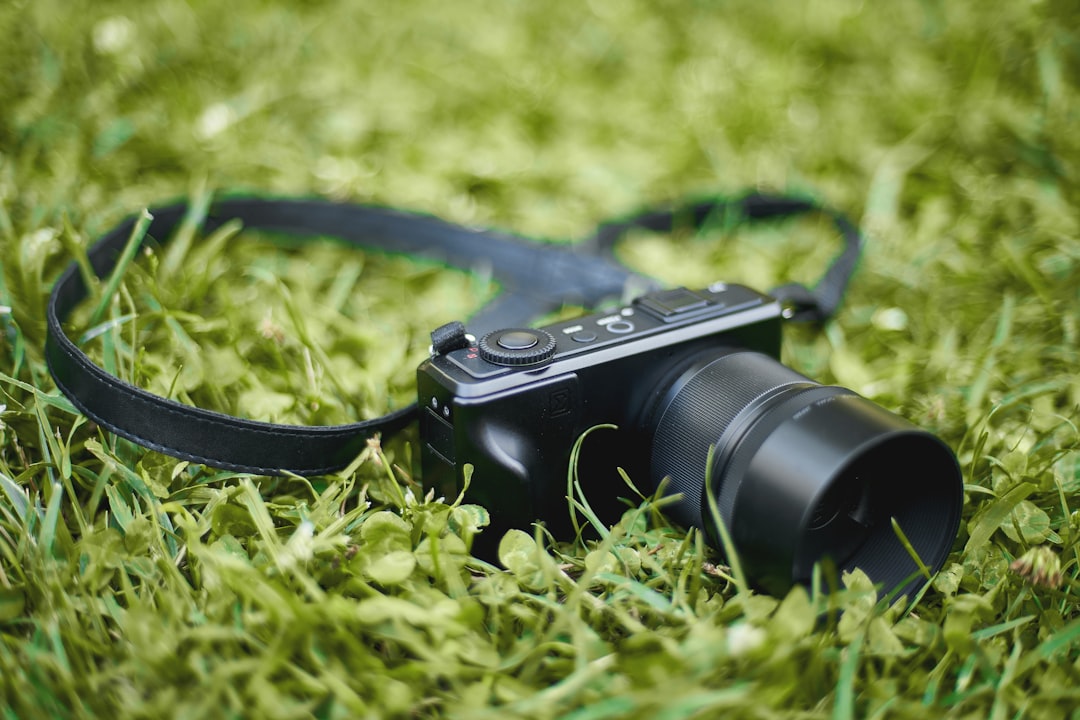Unlocking the Secrets of Photography Equipment: Your Guide to Making Smart Choices
When it comes to photography, the gear you choose can make a world of difference in capturing…
When it comes to photography, the gear you choose can make a world of difference in capturing those breathtaking moments. Yet, for many budding photographers, the sheer amount of options can feel overwhelming. With a vast landscape of photography equipment available, how do you navigate this world and select the right tools for your creative journey? In this guide, we will break down essential photography gear, offering insights that cater to various budgets and preferences, and helping you to elevate your craft.
First, let’s talk about cameras. In today’s digital age, you have options ranging from smartphones with impressive cameras to high-end DSLRs and mirrorless systems. The best camera for you depends on your personal needs. For instance, if you are just starting out or primarily capturing casual moments, a good smartphone can do the job. Modern smartphones come equipped with sophisticated camera technologies, allowing you to shoot in various lighting conditions and even manipulate your images with editing apps.
On the other hand, if you’re ready to take your photography to the next level, investing in a dedicated camera can be a game changer. Mirrorless cameras have become increasingly popular due to their lightweight design and advanced features. They often provide the same image quality as DSLRs but in a more compact form. Look for models that allow you to change lenses, as this flexibility can significantly enhance your creative options.
Now, let’s move on to lenses, which are often considered the heart of any photography setup. The right lens can transform your photographs. For portrait photography, a 50mm lens is an excellent choice, providing a natural perspective and beautiful background blur. If landscapes are your passion, a wide-angle lens can help you capture expansive vistas. Don’t forget to consider a quality zoom lens for versatility in different shooting situations.
Tripods, often overlooked, can be a photographer’s best friend. They provide stability for long exposures and are essential for low-light conditions. A sturdy tripod can help you capture the fine details in your images, particularly when shooting landscapes or night photography. When selecting a tripod, consider its weight, height, and how easily it can be transported.
Another often underestimated piece of photography equipment is lighting. Natural light can be your best ally, but investing in external flashes or LED lights can open up a new world of possibilities. Portable light sources allow you to manipulate shadows and highlights creatively. Furthermore, softboxes and reflectors can help you achieve that soft, diffused light that makes your subjects look their best.
If you’re on a budget, there are numerous ways to build your photography toolkit without breaking the bank. Consider buying second-hand gear, which can often be found in excellent condition at a fraction of the price. Online marketplaces and local photography shops are treasure troves for those willing to search. You can also consider DIY solutions. For instance, a simple white sheet can serve as a reflector, bouncing light onto your subject and improving your images without costing a dime.
When it comes to software, post-processing is an essential part of modern photography. Programs like Adobe Lightroom and Photoshop are industry standards for a reason, allowing you to edit and enhance your photos in ways that were once impossible. For beginners, explore free or low-cost alternatives such as GIMP or Canva, which can offer a wealth of tools to help you improve your images.
Finally, let’s touch on the psychological aspect of using photography equipment. The right gear can boost your confidence as a photographer. Understanding your tools and knowing how to use them can help you feel empowered to express your vision creatively. Additionally, engaging with your equipment can inspire you to explore new techniques and styles, ultimately pushing your artistic boundaries.
In conclusion, photography equipment is not just about having the most expensive gear; it’s about understanding what you need to tell your story. Whether you opt for a budget-friendly setup or splurge on high-end equipment, the most important thing is to keep shooting and learning. Embrace your unique perspective and let your creativity shine through. Remember, the best camera is the one you have with you, so go out there and capture the world through your lens!





